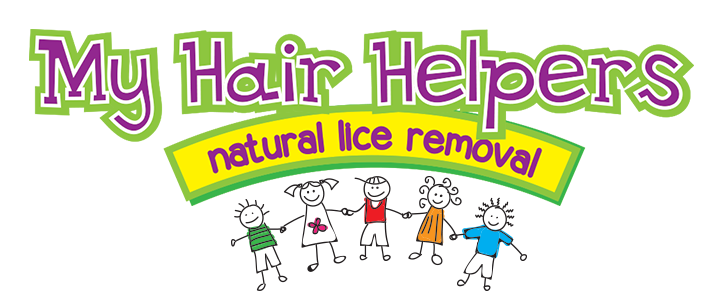Head lice are a major fear for today’s parents, but they don’t have to be. One of the reasons why parents loathe these tiny pests is because they don’t really know what they are. Sure, lice are bothersome, but they are not harmful to human health. And, they certainly have nothing to do with being clean or dirty. If someone in the home does turn up with a case of head lice, panic is not necessary. There are safe, effective products on the market that you can turn to.
If you are new to lice and learning what these pests are capable of, here are five weird facts that you probably didn’t know. And… now you will!
-
Lice cannot fly or hop.
A lot of people assume that lice can fly from one head to the next, which is why they are easily spread. But, this isn’t the case. These critters only crawl from host to host, which is why they are most commonly spread through head-to-head contact. Lice will crawl over to a new host and use their “claws” to attach themselves to the hair.
-
Lice avoid the light.
It’s difficult to spot lice because they are small and run from the light. It usually takes a trained eye to find them. You can use wet combing to check your child each week, but if you suspect an active infestation, we recommend getting them checked by a head lice expert. Applying treatment when it’s not necessary is one way that lice grow resistant, so get the confirmation first.
-
Nits can change color.
Nits, or lice eggs, are also great hiders. They can camouflage themselves by changing their pigment color to match the color of the host. This defense mechanism protects them from being discovered and killed. Nits are also sticky and difficult to eradicate with traditional treatments. This is why we typically recommend a second treatment to kill any lice that may have recently hatched.
-
Saliva causes itching.
Lice often cause the head to be itchy, but surprisingly, it’s not from all the crawling. It’s the saliva that irritates the scalp. When a louse bites the scalp, the saliva causes an allergic reaction that leads to itching, much like a mosquito does. People respond differently to the saliva, so not everyone experiences the same intensity. That’s why it’s important to pay attention to all symptoms of head lice.
-
Lice can’t survive without a human host.
If a louse ends up on a couch or pillowcase, it won’t survive long. Lice need a human host to survive. They can only live for one to two days on their own, which is why it’s not necessary to go overboard with cleaning the home. Light vacuuming is enough for the floors and furniture, whereas bed linens and stuffed animals used in the last 48 hours can be placed in the dryer.
We hope that we’ve given you some cool insight on what lice are all about. For questions, concerns or to schedule an appointment, contact My Hair Helpers today. We love to hear from our clients!


